Fischer Bordwell
Why Accuracy Is Not Enough: The Need for Consistency in Object Detection
Jul 28, 2022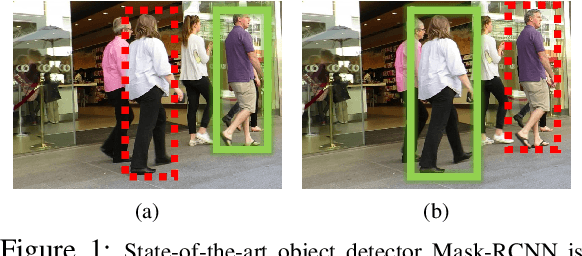
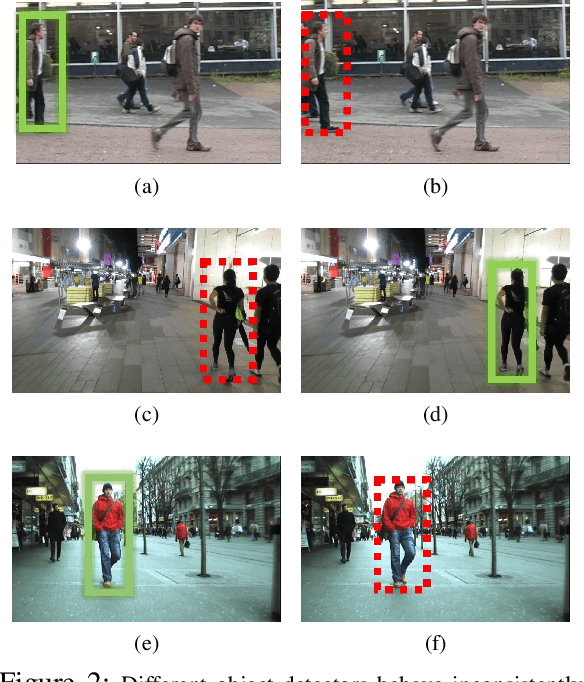
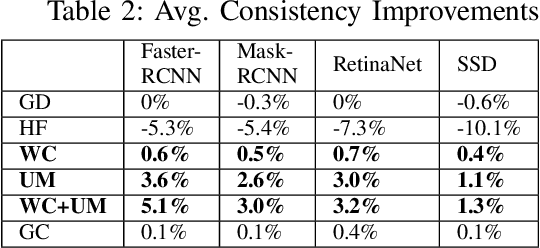
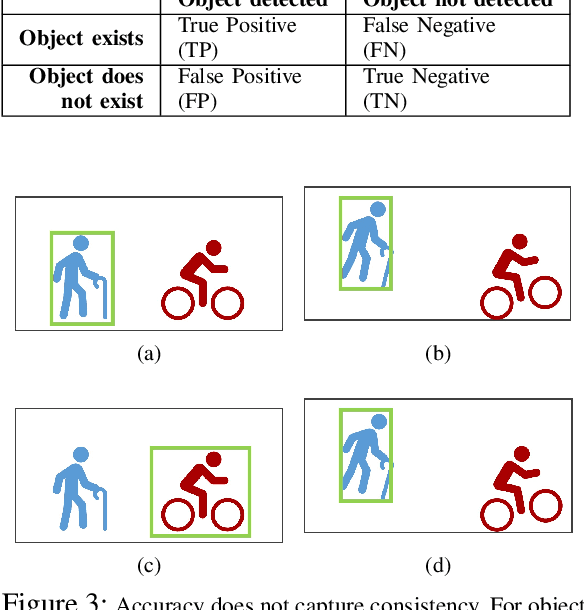
Abstract:Object detectors are vital to many modern computer vision applications. However, even state-of-the-art object detectors are not perfect. On two images that look similar to human eyes, the same detector can make different predictions because of small image distortions like camera sensor noise and lighting changes. This problem is called inconsistency. Existing accuracy metrics do not properly account for inconsistency, and similar work in this area only targets improvements on artificial image distortions. Therefore, we propose a method to use non-artificial video frames to measure object detection consistency over time, across frames. Using this method, we show that the consistency of modern object detectors ranges from 83.2% to 97.1% on different video datasets from the Multiple Object Tracking Challenge. We conclude by showing that applying image distortion corrections like .WEBP Image Compression and Unsharp Masking can improve consistency by as much as 5.1%, with no loss in accuracy.
Analyzing Worldwide Social Distancing through Large-Scale Computer Vision
Aug 27, 2020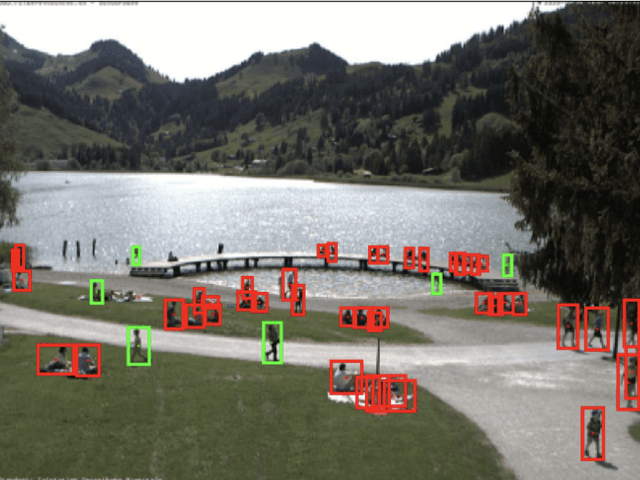

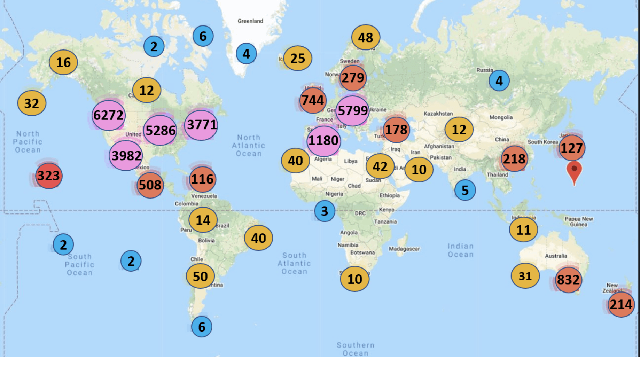
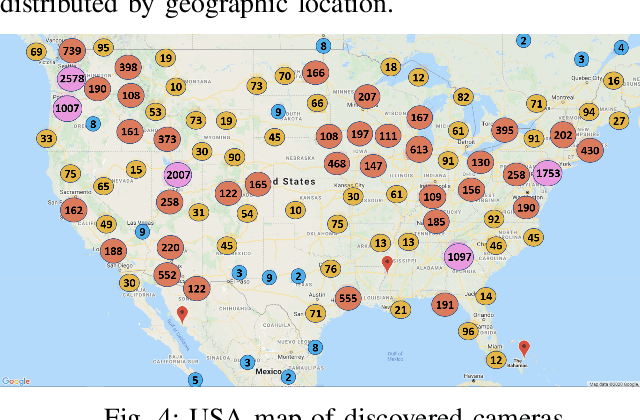
Abstract:In order to contain the COVID-19 pandemic, countries around the world have introduced social distancing guidelines as public health interventions to reduce the spread of the disease. However, monitoring the efficacy of these guidelines at a large scale (nationwide or worldwide) is difficult. To make matters worse, traditional observational methods such as in-person reporting is dangerous because observers may risk infection. A better solution is to observe activities through network cameras; this approach is scalable and observers can stay in safe locations. This research team has created methods that can discover thousands of network cameras worldwide, retrieve data from the cameras, analyze the data, and report the sizes of crowds as different countries issued and lifted restrictions (also called ''lockdown''). We discover 11,140 network cameras that provide real-time data and we present the results across 15 countries. We collect data from these cameras beginning April 2020 at approximately 0.5TB per week. After analyzing 10,424,459 images from still image cameras and frames extracted periodically from video, the data reveals that the residents in some countries exhibited more activity (judged by numbers of people and vehicles) after the restrictions were lifted. In other countries, the amounts of activities showed no obvious changes during the restrictions and after the restrictions were lifted. The data further reveals whether people stay ''social distancing'', at least 6 feet apart. This study discerns whether social distancing is being followed in several types of locations and geographical locations worldwide and serve as an early indicator whether another wave of infections is likely to occur soon.
 Add to Chrome
Add to Chrome Add to Firefox
Add to Firefox Add to Edge
Add to Edge